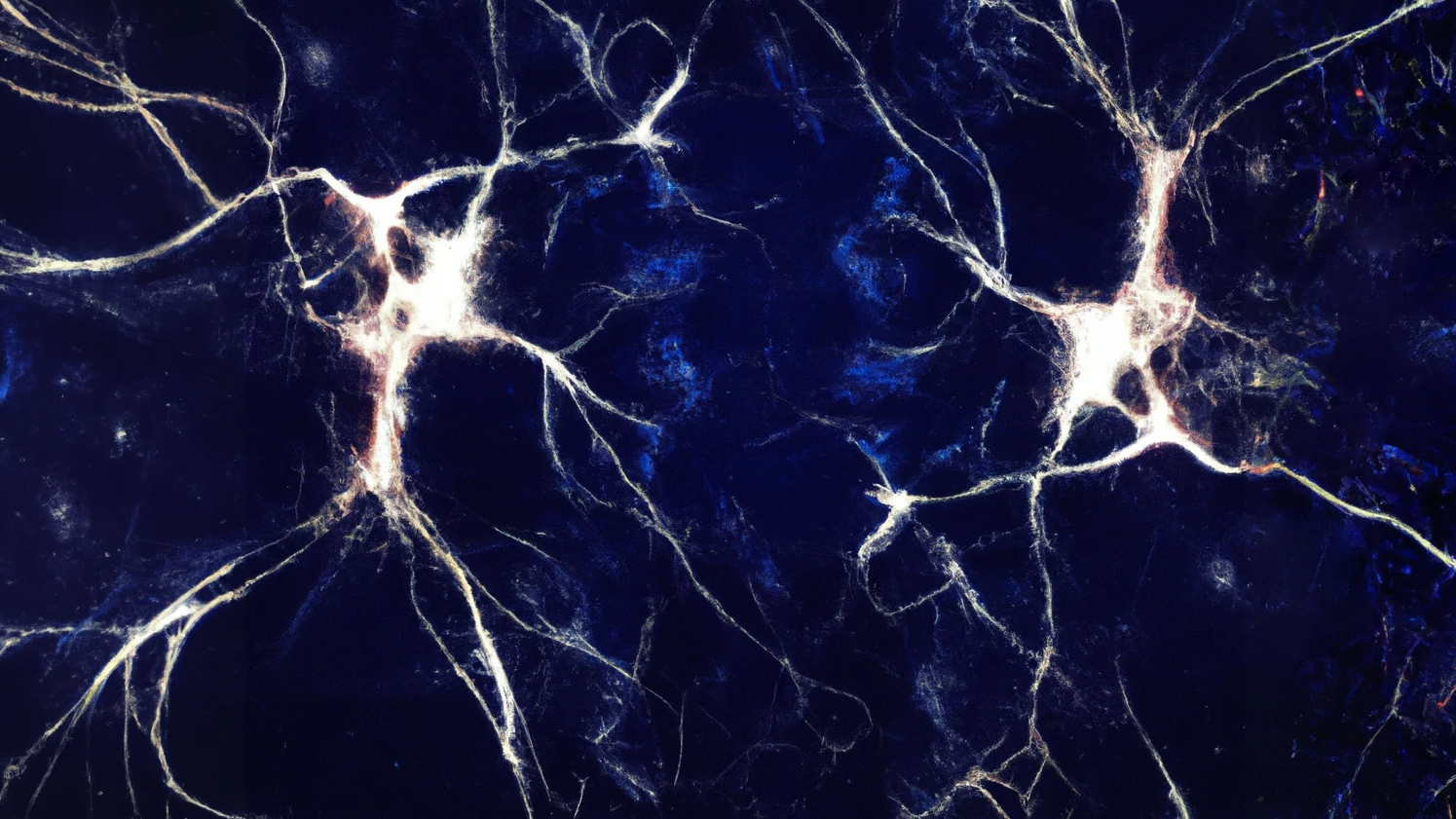The role of immunity in synaptic diseases: from development to aging

Thanks to advances in neuroscience, we now know that inflammatory processes can alter synapses formation, promoting the onset of neurodevelopmental diseases – such as autism or epilepsy – and neurodegenerative diseases, such as Alzheimer’s or Parkinson’s
The brain is probably the most complex organ: 100 billion neurons exchange signals through more than 100 trillion synapses. Thanks to neuroscience research conducted over the past two decades, we now know that what many neurological and psychiatric diseases have in common is precisely a disruption in the functioning of these points of contact between neurons.
This is particularly evident in neurodevelopmental diseases, a set of disorders that differ in their clinical manifestation – such as autism, epilepsy, or attention deficit hyperactivity disorder – but that nevertheless have a number of predisposing genes in common, whose mutations affect precisely the mechanisms of synapse formation and functioning: in fact, these diseases are now called “synaptopathies”. But what’s the root cause of these diseases? Why, in spite of the presence (or absence) of predisposing genes, do some children develop synaptopathies and others do not?
According to some recent studies – also conducted in Humanitas by the group of Michela Matteoli, Professor of Pharmacology in Humanitas University and Director of the Research Area in Neuroscience of Humanitas Research Hospital – contributing to the onset of synaptopathies is the activation of the immune system and the resulting inflammatory state, particularly during brain development, both before and after birth.
Taking stock of knowledge in the field was Prof. Matteoli, in collaboration with Davide Pozzi, Matteo Fossati and Elisabetta Menna, in a review published this summer in the prestigious EMBO Journal.
From complexity to simplicity: the role of synapses
Neurodevelopmental disorders, as the name suggests, are a set of pathologies that emerge during stages of brain development and impair one or more cognitive functions. Among the most common are intellectual disabilities, communication disorders, autism spectrum disorders, attention-deficit/hyperactivity disorder (ADHD), and epilepsy.
Although highly heterogeneous in their manifestation, advances in the field of genetics have succeeded in unraveling deep links between these disorders: in fact, scientists have identified a fairly narrow set of genes that act across them. That is, a handful of genes that, when mutated, can predispose to several of these diseases, and more importantly: genes that play key roles in synapses formation and function.
“The understanding that several seemingly distinct neurological and psychiatric diseases are synaptic diseases, or synaptopathies, has been a real revolution in neuroscience, because it has brought back simplicity and order where there was confusion,” Michela Matteoli explains. “However, these diseases are rarely strictly genetic in origin and are rather multifactorial and complex: it is not enough to be a carrier of the predisposing mutations. The environment plays an equally important role, and our research activity has been driven precisely by the belief that enlightening its role could revolutionize the prevention and treatment of these diseases.”
Inflammation and synapses: from development to aging
Matteoli’s group, along with other international research groups, have specifically investigated the impact of inflammatory cytokines – molecules produced by the immune system, especially in response to viral and bacterial infections – on synapse formation, helping to unravel their importance.
“The effect of inflammation depends very much on the type of cytokine observed and the nerve cells on which it acts, but it always plays a relevant role,” explains Prof. Matteoli. “Not only that, but the studies conducted by us and colleagues show how inflammation acts quite similarly and synergistically to the predisposing genes for synaptopathies, and how, on the other way around, these genes are implicated in inflammatory processes, suggesting that the link between synaptic diseases and immunity is a rather profound one.”
This opens up new therapeutic and preventive hopes: if the nervous system, especially during development, is so sensitive and so linked to the activity of the immune system, then drugs that act on the latter could in the future prove to be valuable therapeutic tools to combat and prevent synaptic diseases, as well as to protect brain development in the case of particularly aggressive viral or bacterial infections.
“Not only that,” Matteoli concludes, “But studying the relationship between inflammation and synapse formation during development is also opening new venues in the fight against neurodegenerative diseases, such as Alzheimer’s and Parkinson’s.” Indeed, neurodegenerative diseases too are characterized, like many aging disorders, by inflammation, and there is growing evidence that in these disorders too, alterations in synapse formation and maintenance play a central role.
“As is often the case in biology and medicine, development and aging are two sides of a coin, in which the same genes and mechanisms come into play, albeit in different ways. That’s why studying the former can help us to better understand both.”